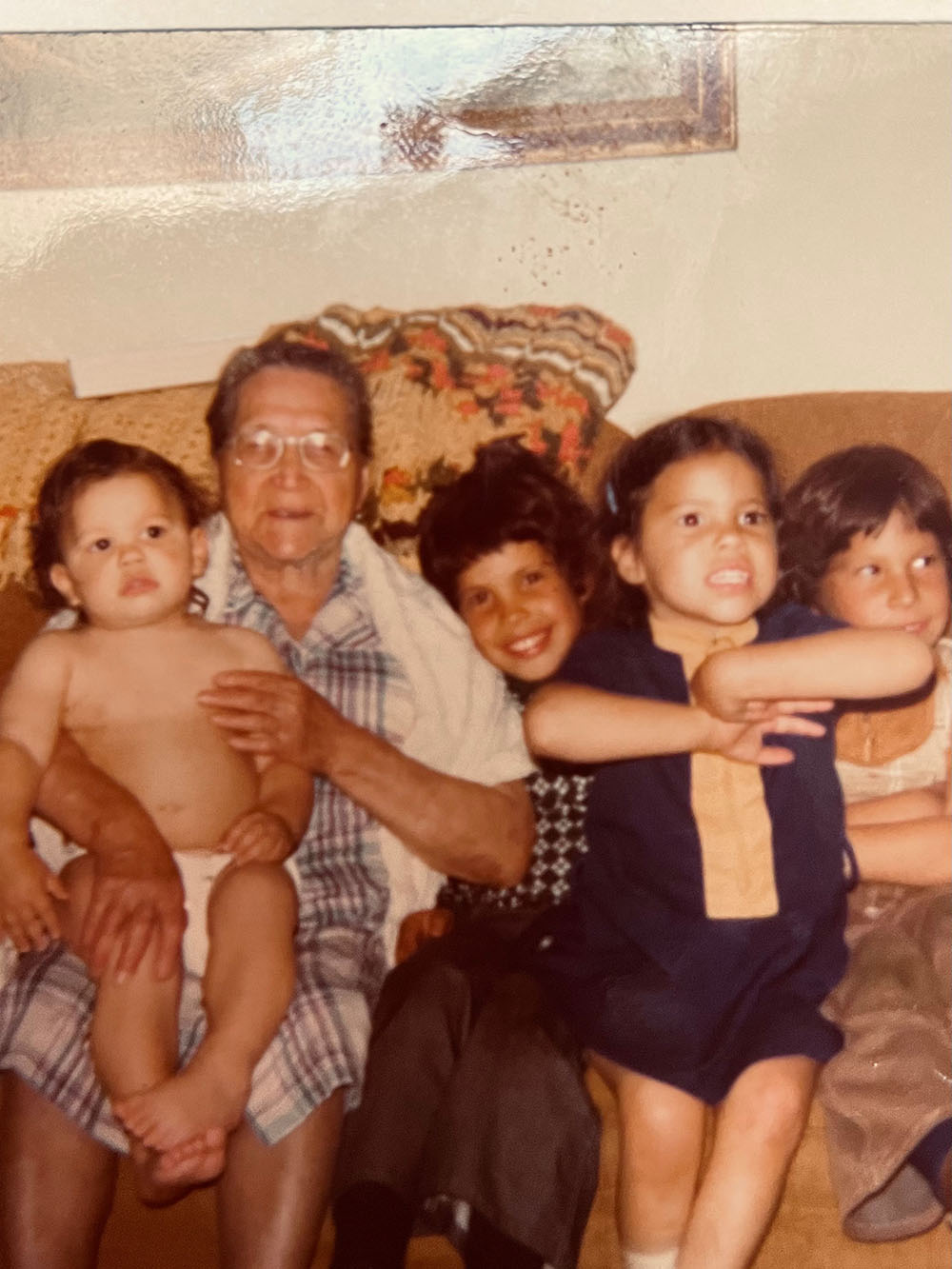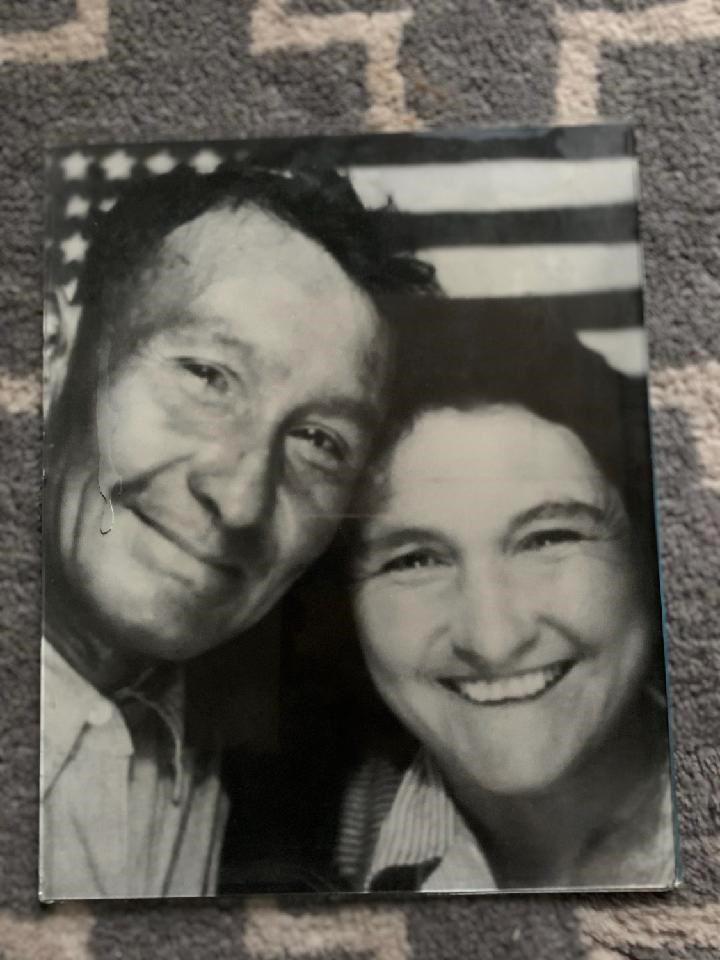Remembering a Shameful Period of North American History
Between approximately 1870 and 1970, there were 367 assimilative Indian boarding schools that operated in the U.S. “No one knows the actual number of Native children who attended, died, or went missing from Indian boarding schools,” said Associate Dean of the Office for First Generation Access and Associate Professor (Lecturer) Dena Ned (Chickasaw/Choctaw), “but our communities have remembered their loss. We need to know what happened to the children who never returned home.”
Indian boarding school survivors Abe and Lena Ned (1940s)
“Since the discovery of the unmarked graves of our missing (but never forgotten) relations at former residential schools in Canada, there is collective sorrow and remembrance happening across borders,” said Dr. Ned, co-author of the 2017 book Contemporary Issues in Child Welfare: American Indian and Canadian Aboriginal Contexts. “As a descendant of boarding school survivors, I know the intergenerational impacts of child removal on behavioral, mental, spiritual, and physical health.”
“My great grandmother, Nina Tallchief Seneca, attended the Carlisle Indian School for five years,” said Assistant Professor Tasha Seneca Keyes (Seneca). “My cousin, BYU Law Professor Michalyn Steele, discovered that our great grandmother was educated as a domestic servant, with courses in sewing and laundry. I am told she earned top marks for penmanship and behavior. My great grandmother was one of the lucky ones who walked out of the Indian boarding schools to work—like many of her classmates—as a maid for non-Indian families. But I am coming to understand that her time at Carlisle left an indelible impression on her and my family for generations.”
Dr. Keyes noted that, like other Indian boarding schools, the Carlisle Indian school had the avowed philosophy to “kill the Indian and save the man,” a mindset articulated by Carlisle founder Brigadier General Richard Henry Pratt. According to the U.S. Department of the Interior, hundreds of thousands of Indigenous, American Indian, Alaska Native, and Native Hawaiian children were forcibly removed from their communities and relocated to distant residential facilities. “The goal was to strip children of their Indian identity, language, spiritual practices, and traditions in favor of forced assimilation,” explained Dr. Keyes. “However, many Native children resisted, which had the opposite effect and firmly secured their Indian identities. It is this American history that has compelled me toward the work I do in schools and to advocate for Native students. Yes, it is personal.”

Nina Tallchief Seneca with great grandchildren Tasha and her three brothers
“Many of us brace for the future discovery of more unmarked graves,” said Dr. Ned. “These atrocities are a U.S. Holocaust ... the dominant society just doesn’t acknowledge it yet.”
On June 22—just days before news broke of the discovery of 751 bodies buried in unmarked graves on the site of a former Indigenous boarding school in Canada—U.S. Interior Secretary Deb Haaland, the first Native American to serve as a cabinet secretary, announced a Department of the Interior Federal Indian Boarding School Initiative. “The Interior Department will address the intergenerational impact of Indian boarding schools to shed light on the unspoken traumas of the past, no matter how hard it will be,” said Secretary Haaland in a press release. “I know that this process will be long and difficult. I know that this process will be painful. It won’t undo the heartbreak and loss we feel. But only by acknowledging the past can we work toward a future that we’re all proud to embrace.”
“This marks the first major federal investigation into the U.S. government’s Indian boarding school policy,” said Dr. Ned. “I hope as a community committed to the ideals of the social work profession, that we never forget the historic and contemporary perpetuation given to these policies.”
“I grieve for the discovery of these unmarked graves of the missing Native children in Canada’s residential schools,” said Dr. Keyes. “I also celebrate the long overdue federal investigation, initiated by Secretary Haaland, into the U.S. government’s involvement in the Indian boarding schools. I think it is important to understand this history and find ways to ensure it doesn’t happen again. It is high time for some healing and closure to occur.”
For those interested in learning more about Indian boarding schools and other historical traumas impacting Native and Indigenous people, Drs. Keyes and Ned recommend participating in an upcoming series of documentaries and discussions (July 1-8, 2021), presented as part of the virtual Gathering of Good Minds 2021, presented by Native American Community Services of Erie & Niagara Counties, Inc.

